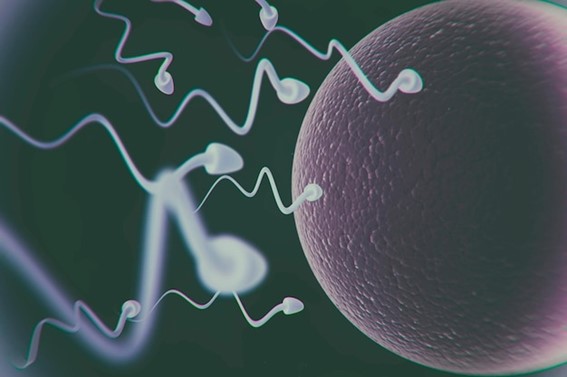The effectiveness of assisted reproduction is limited, partly due to the limited gametic selection in in vitro fertilization. Both human assisted reproduction techniques, such as intracytoplasmic sperm injection (ICSI), and animal assisted reproduction techniques, such as artificial insemination or IVF, can be improved by optimizing the sperm analysis process and the sperm selection method. To address this issue, researchers at the National Institute for Agricultural and Food Research and Technology (INIA-CSIC) have developed a method to evaluate sperm fertilization capacity and select optimal capacitated sperm, carrying little DNA fragmentation, for fertilization.
To address this issue, researchers at the National Institute for Agricultural and Food Research and Technology (INIA-CSIC) have developed a method to evaluate sperm fertilization capacity and select optimal capacitated sperm, carrying little DNA fragmentation, for fertilization. This is achieved by using zona pellucida (ZP) isolated from bovine oocytes obtained from slaughterhouses, followed by an in vitro heterologous fertilization between sperm and the isolated zona pellucida.
This technique may be of interest to companies engaged in one or both of the following applications:
- Sperm selection
- Evaluation of sperm capacitation and fertilization potential.

The image shows the differences between sperm that have successfully penetrated the ZP (B),
without the acrosome, and those that have not and still retain the acrosome (C).
The development team tested the ability of the ZP of bovine oocytes to be penetrated by sperm from different mammalian species. They also carried out experiments with the ZPs isolated from mouse oocytes, testing the rate of blastocysts, pregnancies and births following sperm selection using this method.
Benefits:
- Selection of optimal spermatozoa for assisted reproduction techniques.
- Evaluation of sperm quality for capacitation and ZP penetration.
- The protocol is reproducible and suitable for the laboratory environment.
The represented institution is looking for a collaboration that leads to commercial exploitation of the presented invention.
Institution: National Institute for Agricultural and Food Research and Technology (INIA-CSIC)
TRL: 3-4
Protection status: Spanish Patent Application
Financed: Proyectos de Prueba de Concepto (Agencia Estatal de Investigación)
Contact: Noelia Mas / noelia@viromii.com

